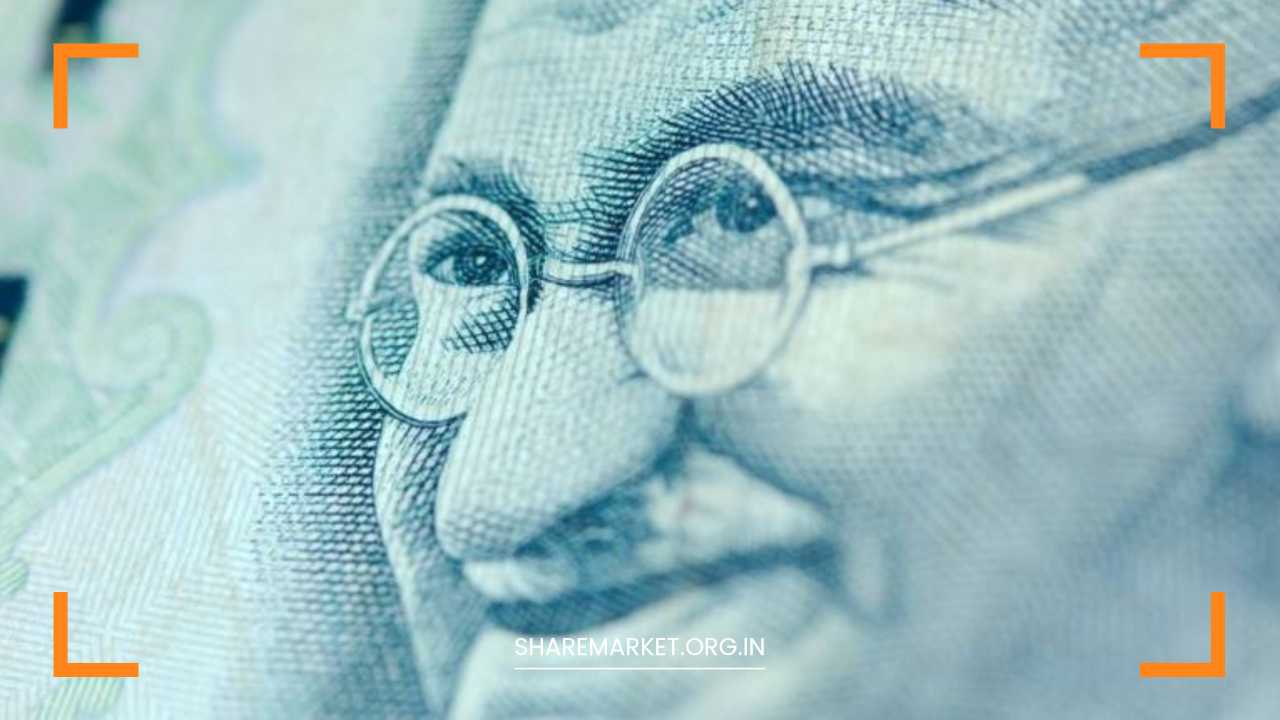What is Dividend in Share Market

What is Dividend in Share Market
Dividends Demystified: Understanding Your Share Market Payouts
A dividend is a form of compensation, either in cash or other assets, provided by a company to its shareholders as a reward. Dividends can take different forms, including cash payments, stocks, or other equivalents.
The decision regarding a company’s dividend is made by its board of directors and necessitates the approval of the shareholders.
Nevertheless, it is not mandatory for a company to distribute dividends. Typically, dividends represent a portion of the company’s profits that are shared with its shareholders.
Types of Dividend
A company has the flexibility to provide dividends to its shareholders in various formats. Furthermore, dividends can be categorized into two primary types based on the frequency of declaration, which are:
Special Dividend
This form of dividend is typically distributed to holders of common stock. It is commonly granted when a company has accumulated significant profits over a span of multiple years.
These profits are often considered as surplus cash that is not immediately required for current or future operations.
Preferred Dividend
This type of dividend is specifically designated for preferred stockholders and typically accrues a fixed amount that is distributed on a quarterly basis.
Moreover, this form of dividend is earned on shares that exhibit characteristics similar to bonds.
Interim Dividend
In the Indian context, interim dividends are announced by companies prior to the completion of the final full-year financial statements.
In this context, the term “year” pertains to the period spanning from April of one year to March of the following year, which constitutes a financial year in India.
Final Dividend
A final dividend is announced once the accounts for the year have been prepared. Additionally, the following list outlines the most prevalent types of dividends:
Cash
The majority of companies opt to distribute dividends to their shareholders in the form of cash. Typically, this income is transferred electronically or provided through a physical check.
Assets
Certain companies may choose to compensate their shareholders by offering physical assets, investment securities, or real estate instead of cash dividends.
Nevertheless, it is important to note that the practice of distributing assets as dividends remains relatively uncommon among companies.
Stocks
A company may provide stocks as dividends by issuing new shares to its shareholders.
Generally, stock dividends are distributed proportionally, known as a pro-rata basis, meaning that each investor receives dividends based on the number of shares they hold in the company.
Common Stocks
Usually, the profit allocated to the common stockholders of a company from its accumulated profits is paid out as dividends.
The determination of the portion of this dividend is often guided by legal requirements, particularly when the dividend is to be paid in cash and could potentially result in the company’s liquidation.
In addition to cash dividends, a company may choose to distribute dividends in the form of shares of a new company, warrants, or other financial assets.
However, it is important to recognize that dividend income typically has an impact on a company’s share price.
What Impact Can Dividend Have on Share Prices
It is important to recognize that the payment of dividends to shareholders does not necessarily impact the overall value of the business.
However, it does typically result in a decrease in the company’s equity value by the exact amount being paid out as dividends. Once dividends are paid, they are permanently debited from the company’s accounting records, making it an irreversible transaction.
Moreover, when a company announces a dividend, its share prices tend to experience a significant increase influenced by market dynamics.
Investors are often willing to pay a premium in anticipation of receiving dividends. However, once the ex-dividend date passes and new investors are no longer eligible to receive dividends, share prices often decline by a similar proportion as investors become less willing to pay the associated premium.
Conversely, if the market maintains a positive outlook leading up to the ex-dividend date, the increase in the stock’s value may surpass the dividend amount offered.
Despite subsequent decreases, such a scenario can result in an overall increase in the company’s stock value.
Nonetheless, understanding the impact of dividend declarations on stock prices requires familiarity with the important dates related to dividends.
How is Dividends Calculated
The calculation of a dividend involves the use of the dividend payout ratio, which is determined by dividing the annual dividend per share by the earnings per share. This ratio can be represented as follows:
Dividend Payout Ratio = Dividends paid / Reported net income
It is worth noting that companies that do not provide dividends to their shareholders have a dividend payout ratio of 0%. Likewise, companies that distribute their entire net income as dividends also have a dividend payout ratio of 0.
Similarly, the retention ratio can be calculated by dividing the dividend paid per share by the earnings per share. This can be expressed as follows:
Retention Ratio = Dividend per share / Earnings per share
By utilizing the dividend payout ratio, it becomes convenient to determine the amount of money a company is distributing to its shareholders.
Additionally, this ratio proves useful in calculating the amount allocated for reinvestment in expanding and enhancing a company’s operations, repaying existing debt, or establishing a cash reserve.
Furthermore, the dividend payout ratio aids in assessing a company’s sustainability. For instance, a payout ratio exceeding 100% indicates that the company is paying out more than what shareholders are earning.
Such a practice would eventually necessitate a reduction or complete cessation of dividend payments. Conversely, a company with a consistent dividend payout ratio indicates a strong financial position.

















